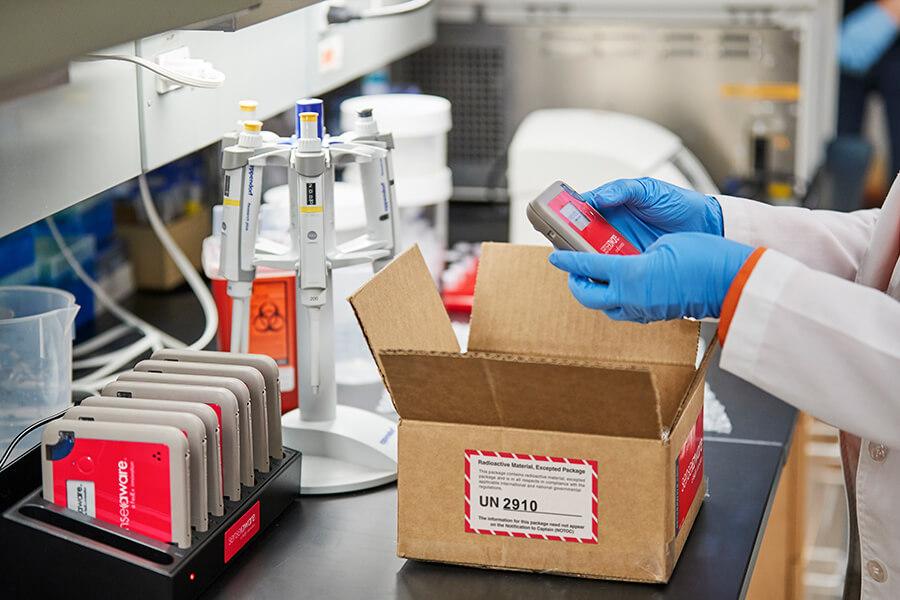The global pharmaceutical logistics market involves transportation of pharmaceutical products from the manufacturing facility to point of consumption. Pharmaceutical products such as drugs, vaccines, plasma, blood products and medical devices need to be shipped through cold chain logistics in temperature-controlled environments to maintain their efficacy. The need for temperature-controlled supply chains to transport pharmaceutical drugs, rising healthcare expenditure around the world, and strategic developments by market players are some of the key factors driving the demand for specialized pharmaceutical logistics.
The Global pharmaceutical logistics market is estimated to be valued at US$ 99.7 BN in 2024 and is expected to exhibit a CAGR of 9.1% over the forecast period 2024 to 2031.
Key Takeaways
Key players operating in The Global Pharmaceutical Logistics Market are Maersk, United Parcel Service of America, Inc., AWL India Private Limited, DHL Group, Kuehne+Nagel, DB Schenker, CEVA Logistics, SLB Performance, YUSEN LOGISTICS CO., LTD., NextPharma Logistics GmbH, Skandi, Movianto, Continental Carriers, Varuna Group, Sugamgroup, V-Xpress, Avvashya CCI Logistics Private Limited, Agility and Cencora, Inc. These players are focusing on fleet expansion, investment in temperature-controlled warehouses and transport infrastructure, and strategic collaborations to strengthen their market position.
The global pharmaceutical market is expected to grow exponentially over the forecast period driven by the increasing demand for healthcare facilities around the world. Ensuring an efficient pharmaceutical supply chain can help address medicine shortages and enable better access to treatments. This represents a major opportunity for logistics players to enhance their capabilities and services.
Many logistics companies are exploring opportunities in emerging markets through partnerships, acquisitions and setting up local fleets and control towers. Regions like Asia Pacific, Latin America, Middle East and Africa are witnessing high economic growth and demand for pharmaceutical products, attracting global players.
Market drivers:
1) Growing need for temperature-controlled transportation: Pharmaceutical products need to be shipped and stored within a specific temperature range to maintain their quality and efficacy. This is driving the demand for specialized logistics infrastructure andfleets capable of temperature-controlled transportation.
2) Increasing healthcare spending globally: Rising income levels, greater health awareness and expansion of medical insurance coverage are fueling healthcare spending around the world. This translates to higher demand for pharmaceutical products and associated logistics services.
Market Restraints:
1) High transportation costs: Maintaining proper temperature control, meeting stringent compliance standards and ensuring safety of drugs during transportation increases the cost of pharmaceutical logistics significantly. This adds to the overall healthcare costs.
2) Infrastructure challenges in developing regions: Emerging countries lack advanced temperature-controlled warehousing and transportation infrastructure. This poses challenges for logistics players in catering to the pharmaceutical needs across diverse geographies.
Segment Analysis
The global pharmaceutical logistics market is dominated by cold chain logistics segment. Cold chain logistics ensures the integrity and efficacy of temperature sensitive pharmaceutical drugs and biological products by maintaining recommended temperatures from the point of origin to final destination. This segment requires special insulated packaging, temperature data loggers and cold storage infrastructure during transportation and temporary storage. The need for secure handling and preservation of perishable drugs and vaccines makes cold chain logistics the most dominant sub segment accounting for over 50% of global pharmaceutical logistics demand.
Global Analysis
North America holds the largest share in the global pharmaceutical logistics market due to growing outsourcing of logistics requirement and strong regulatory norms regarding handling of sensitive medicines. The region accounts for around 40% revenue share driven by large pharmaceutical industry presence and increasing shipment volumes both domestically as well as internationally from US and Canada. Asia Pacific is projected to be the fastest growing regional market during the forecast period attributed to rising healthcare expenditure, expanding pharmaceutical manufacturing base and growing middle class population in major countries such as India, China and Japan fueling pharmaceutical consumption. Developing healthcare infrastructure and emergence of regional logistics hubs are propelling regional growth rates above global average.
Get More Insights On Pharmaceutical Logistics Market
